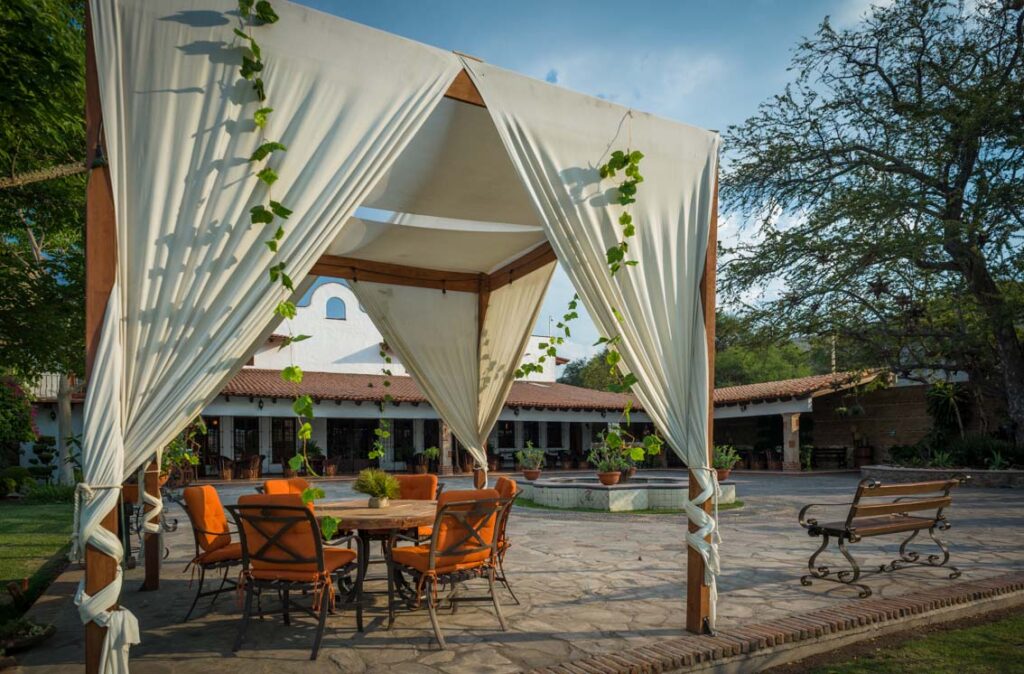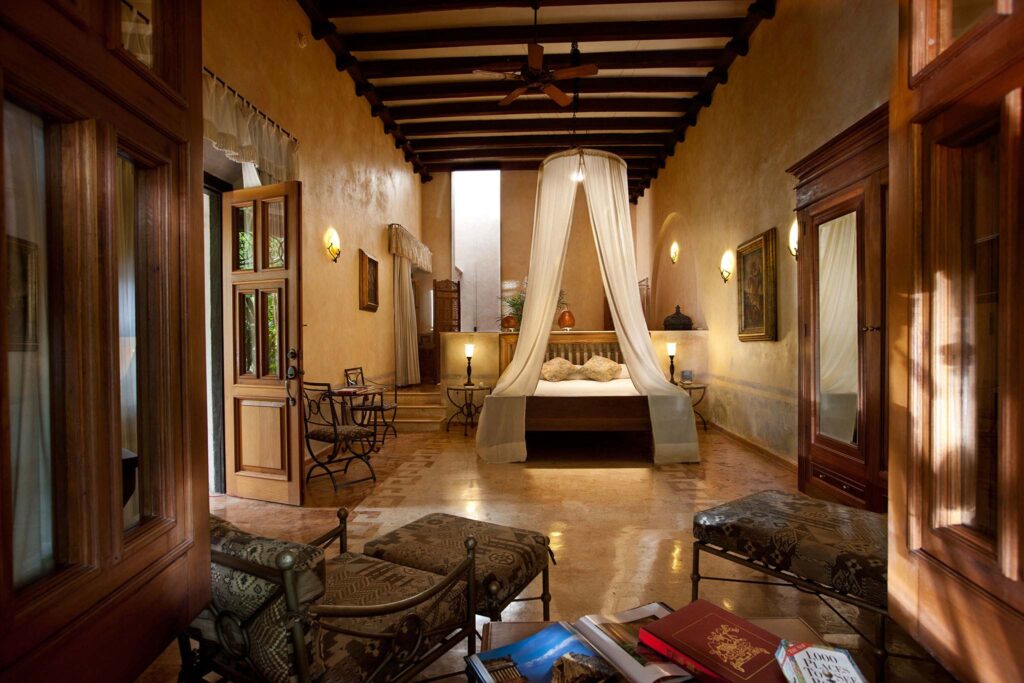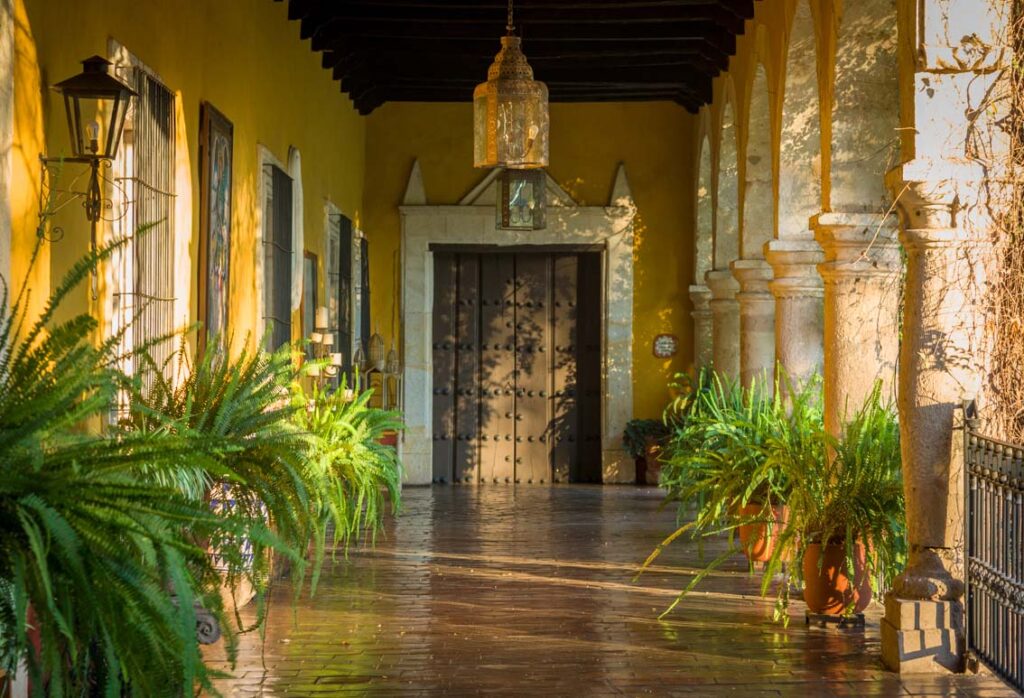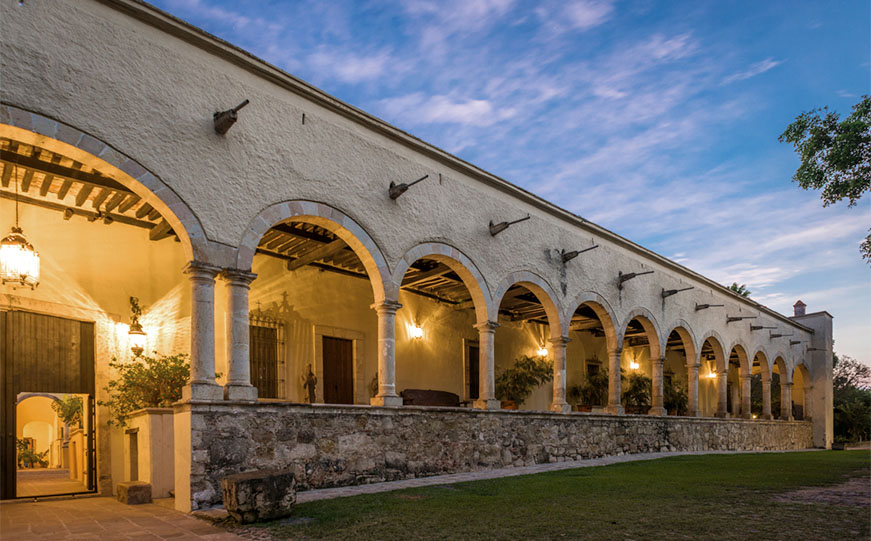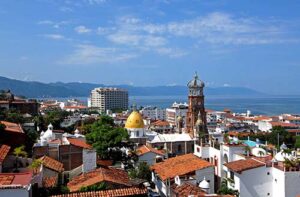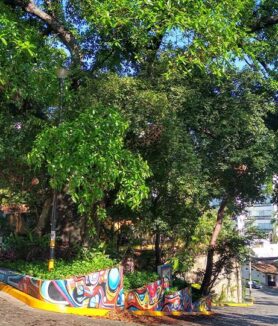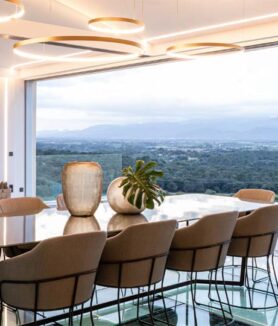Discover the rich history and architecture of the Mexican Colonial Haciendas, which emerged in the 16th century after the Spanish conquest in 1521. These agricultural and ranching properties, originating from the “encomiendas”, reflect a unique cultural fusion between Europe and indigenous people. Join us on a journey through these emblematic haciendas that left an indelible mark on the architecture and history of Mexico.
The Rise of the Haciendas
Mexican Colonial Haciendas arose in the 16th century after the Spanish conquest in 1521. They originated from the “encomiendas”, lands and indigenous people granted to the conquistadors as a reward for service to the Spanish Crown.
In the 17th century, these haciendas were consolidated and established the concept of "classic hacienda". Some adopted modern technologies and cultivation methods, specializing in export products such as sugar cane and pulque. Ranging from small holdings to vast tracts of land, haciendas became pillars of the local and foreign economy, sometimes resembling small towns.
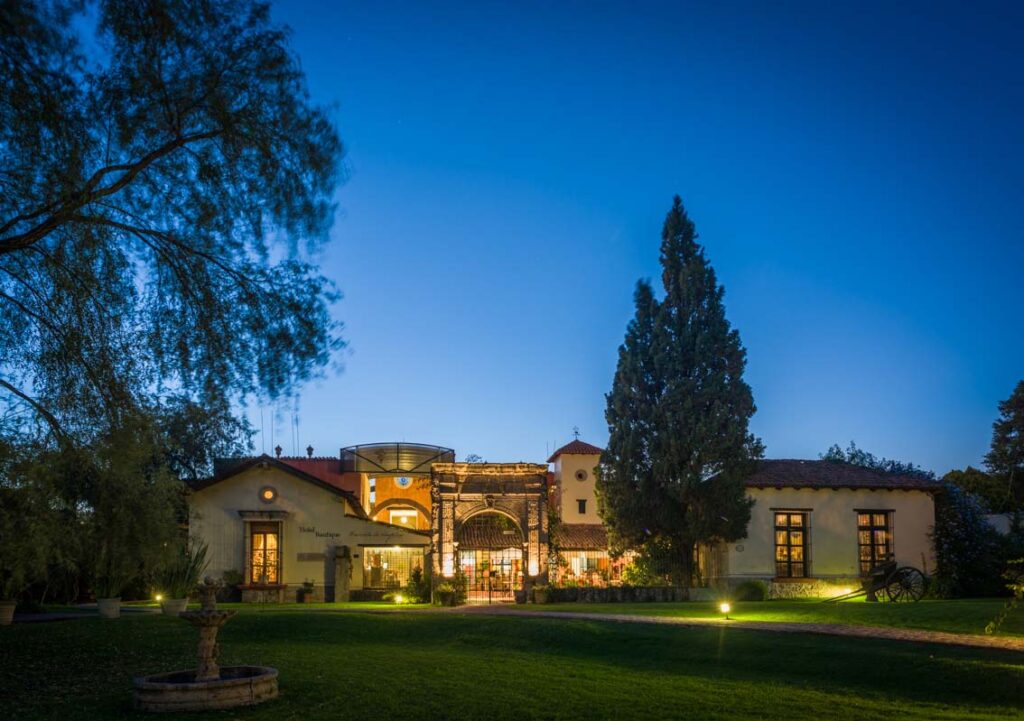
Architecture of the Colonial Haciendas
Colonial haciendas left a distinctive mark on Mexican architecture, fusing cultures and styles to create a unique design. Their architectural features include:
- Main house or casco: Impressive building that used to be the residence of the owner of the hacienda, with architectural styles ranging from Baroque to Neoclassical.
- Central patios: Large patios decorated with gardens, fountains and sculptures, the heart of social life and the setting for various activities.
- Chapels: Varying in size and style, the chapels were places of religious practice for residents and workers.
- Arcades and corridors: Elements that surrounded the patios, providing shade and spaces for rest and socialization.
- Tile roofs: Aesthetic and functional, the red tile roofs repelled rainwater.
- Thick walls: Built with adobe or stone, they provided structural stability and maintained a cool temperature inside.
- Casonas y bodegas: Además de la casa principal, las haciendas tenían edificaciones adicionales como casonas y bodegas.
- Ornamental details: Decorative wrought iron elements, such as window and balcony bars, added elegance to the architecture.
- Gardens and Orchards: Extensive gardens and orchards grew flowers, fruit trees, and vegetables for domestic and commercial use.
- Hot springs or pools: Some haciendas had pools or baths for enjoyment and relaxation.
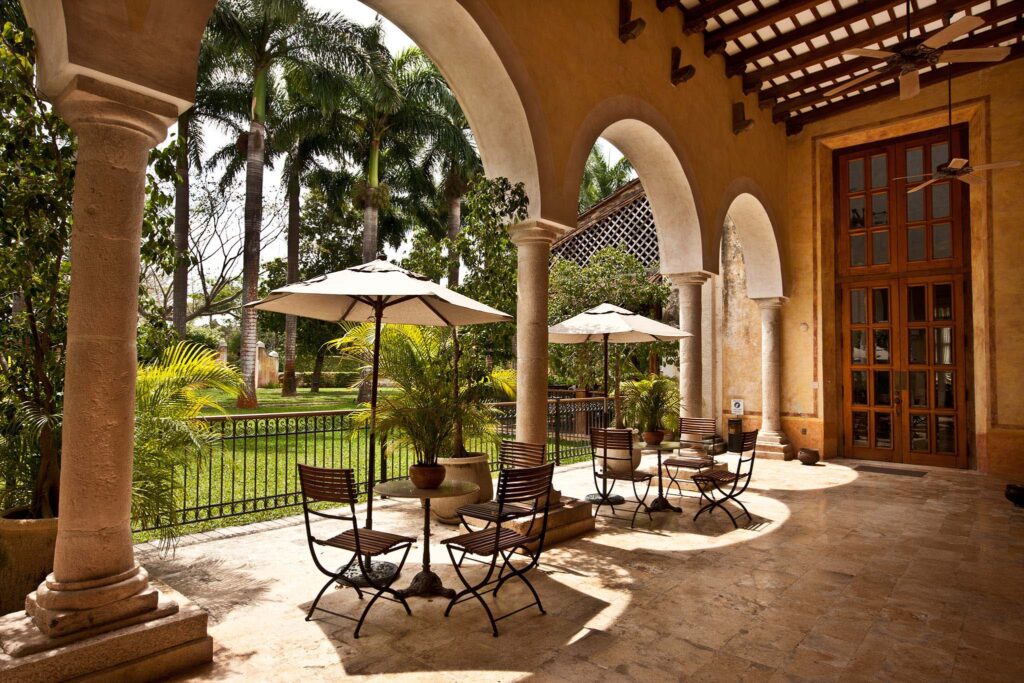
Preserving Cultural Heritage
Although many haciendas have experienced change and deterioration over time, some have been restored and preserved as part of Mexico's cultural heritage. These restored haciendas are major tourist attractions and museums, offering visitors the chance to appreciate the architecture and history they represent.
In Jalisco, for example, there are 420 haciendasof which only 30% have been rehabilitated. However, haciendasycasonas.com association brings together the most beautiful haciendas in the state, providing a unique lodging experience in spaces full of history and charm.
Immerse yourself in the fascinating history and architecture of the Mexican Colonial Haciendas, a cultural legacy that lives on to this day. This experience will transport you to bygone times of richness, tradition and union between cultures, while you explore the very essence of Mexico.
